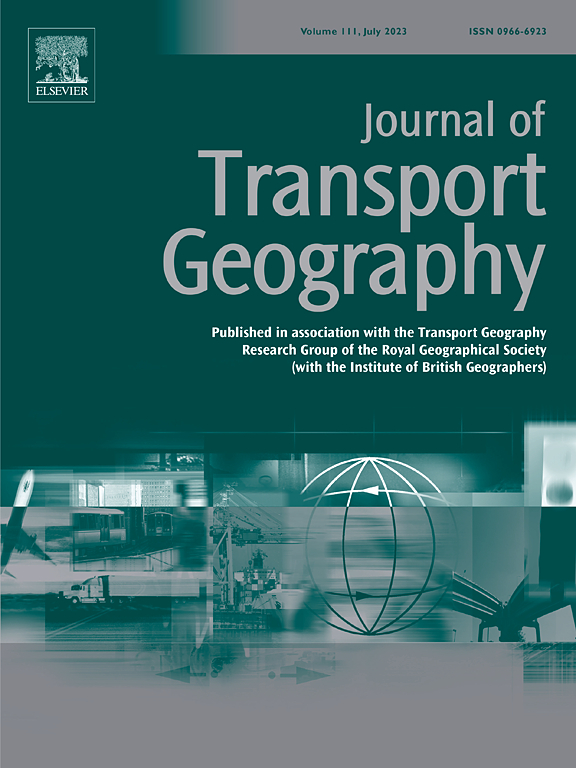1990 年至 2022 年在加拿大北极冰封水域运营的商业和非商业船只航运事故模式分析
IF 5.7
2区 工程技术
Q1 ECONOMICS
引用次数: 0
摘要
在过去的二十年里,加拿大北极地区的海冰范围明显缩小,与此同时,船舶交通量却大幅上升。本研究探讨了 1990 年至 2022 年航运季节船舶交通、航运事故、事故率和海冰减少之间的关系。研究结果表明,受海冰持续减少的影响,哈德逊海峡、巴芬岛和西北航道等北极主要航道沿线的船舶交通量大幅增加。尽管交通量增加,但商船,尤其是普通货船和油轮的事故率却大幅下降,这表明当前的安全措施可能是有效的。不过,研究还发现,所有船只事故与海冰浓度之间存在显著的正相关关系,这表明某些冰情仍对船只构成巨大风险。此外,客船交通与事故之间也存在明显的正相关关系,这表明该地区正在出现新的风险。渔船等非商业船只的事故率保持稳定,但对它们的研究仍然不足。这些结果凸显了北极海运业务在气候变化面前的复杂性,并强调迫切需要适应性战略、持续监测和有针对性的政策干预,以确保未来北极航运的安全性和可持续性。本文章由计算机程序翻译,如有差异,请以英文原文为准。
Analysis of shipping accident patterns among commercial and non-commercial vessels operating in ice-infested waters in Arctic Canada from 1990 to 2022
Over the past two decades, the Canadian Arctic has experienced a marked reduction in sea ice extent, coinciding with a significant rise in ship traffic. This study explores the relationship between ship traffic, shipping accidents, accident rates, and diminishing sea ice from 1990 to 2022 during the shipping season. The findings reveal that ship traffic has increased substantially along major Arctic routes, such as the Hudson Strait, Baffin Island, and the Northwest Passage, driven by the consistent decline in sea ice. Despite this rise in traffic, accident rates for commercial vessels, particularly General Cargo and Tanker ships, have significantly decreased, suggesting that current safety measures may be effective. However, the study also uncovered a significant positive correlation between all vessel accidents and sea ice concentration, indicating that certain ice conditions still pose substantial risks to vessels. Additionally, passenger vessel traffic has shown a notable positive correlation with accidents, pointing to emerging risks in the region. Non-commercial vessels, such as fishing vessels, have demonstrated stable accident rates, though they remain understudied. These results underscore the complexity of Arctic maritime operations in the face of climate change and highlight the urgent need for adaptive strategies, continuous monitoring, and targeted policy interventions to ensure the safety and sustainability of future Arctic shipping.
求助全文
通过发布文献求助,成功后即可免费获取论文全文。
去求助
来源期刊

Journal of Transport Geography
Multiple-
CiteScore
11.50
自引率
11.50%
发文量
197
期刊介绍:
A major resurgence has occurred in transport geography in the wake of political and policy changes, huge transport infrastructure projects and responses to urban traffic congestion. The Journal of Transport Geography provides a central focus for developments in this rapidly expanding sub-discipline.
 求助内容:
求助内容: 应助结果提醒方式:
应助结果提醒方式:


